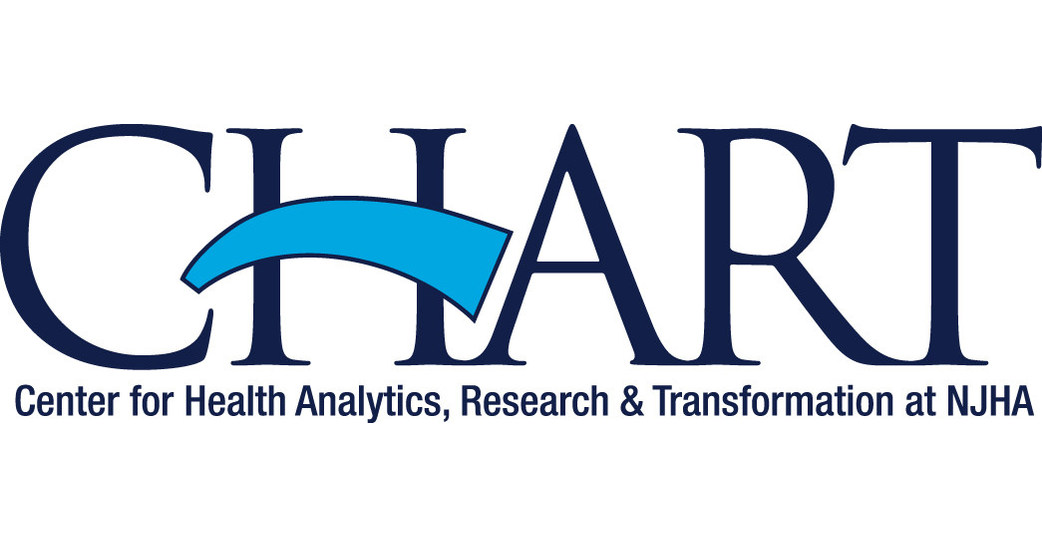CHART Study Shows New Hot Spots in Mental Health, Substance Misuse Crisis

PRINCETON, N.J., Oct. 17, 2018 /PRNewswire/ — An analysis of emergency department visits in New Jersey shows that the hardest hit areas in the state’s mental health and substance misuse crisis extend beyond the expected hot spots to some of the more rural areas of the state.
The study by the Center for Health Analytics, Research and Transformation (CHART) at the New Jersey Hospital Association examined total emergency department visits for mental health diagnoses, which includes substance misuse and self-harm. It also analyzed the ED rate per 1,000 population and the five-year growth trend.
The new perspectives greatly altered the map of areas most impacted by the mental health and substance misuse crisis. Key findings include:
- For total ED visits, Essex County topped the list at 79,484, followed by Camden (57,731) and Ocean (48,826).
- When adjusted for population density, Salem County had the highest ED use rate of 146.42 per 1,000 population, followed by Cumberland (130.26) and Atlantic (129.09).
- The highest growth rate from 2013 to 2017 was in Gloucester County, where mental health and substance misuse-related ED visits increased 132.5 percent, followed by Warren (98.82%) and Camden (98.47%).
The study A Broader View: Mental Health, Substance Misuse and Suicide Crisis Extends Beyond Traditional Hot Spots uses 2017 mental health claims data from 70 of the state’s 71 acute care hospitals in which a mental health diagnosis, including substance use disorder and self-harm, was included as either a primary or secondary diagnosis.
“No community has gone untouched by the mental health and substance abuse crisis in our state, but now we have a broader perspective on the widespread impact,” said NJHA’s Sean Hopkins, senior vice president of CHART. “We see the areas of our state that might have fallen under the radar, where the need for strategic planning and placement of services is acutely needed.”
A Broader View marks the first report under CHART, established last month to use data to better understand some of the state’s most pressing health challenges. The goal is to inform the system transformation necessary to improve the health of New Jerseyans, in keeping with the NJHA mission.
“We want to help drive change,” said NJHA President and CEO Cathy Bennett. “If our goal is to provide the best care possible to the people of New Jersey, that begins long before a patient arrives in the hospital emergency department. This fresh look at the data is intended to spark a dialogue among our members and other leaders; let’s talk about ways we can address this together to make a real impact on health in our state.”
The report also examined the data broken down for substance use and self-harm diagnoses. Ocean, Essex and Camden counties topped the list for substance use cases by volume, while the top counties based on use rates were Atlantic, Salem and Warren. For self-harm, the top counties based on volume were Ocean, Essex and Morris, while Ocean, Atlantic and Warren counties were the top three based on use rates.
The study lists several recommendations for NJHA, its members and other stakeholders to respond to the findings including:
- Conduct further analysis at the zip code level to focus preventative care
- Convene round tables of municipal and county entities, community and social service groups to develop an agenda for change
- Explore additional data to address the needs of targeted populations such as children, those with developmental disabilities, the elderly and other vulnerable groups
- Form collaboratives to conduct local tests of change to improve access to care and outcomes
- Support legislative initiatives to integrate care and improve outcomes.
Visit www.njha.com/CHART to view the full report, including interactive maps showing rates for each New Jersey county.
SOURCE New Jersey Hospital Association (NJHA)
